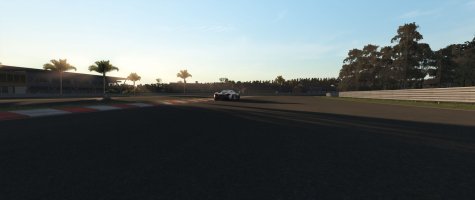Mr Latte
Premium
Depending on what wants finer control,
perhaps Autocalibration would compensate for differences in cars, tracks and driving styles.
Meanwhile, adjusting proxyG CUSTOM EFFECT gain so that it occasionally reaches 100
should help the other effects.
Considering differences between 4 separately driven pucks
and mixing those signals to mono in several layers for a serious LFE transducer,
I continue to be amazed that it translates at all usefully.
The issue with the response curve is that its not offering its whole range but for some reason only a small part of it. Try setting the 4 corner effect to only come in at 50% or 70% of the threshold. The signal coming in also seems very low as can be seen on the "Live Effects" window.
The "Response Curve" is a handy feature for creating specific layers to activate at different stages based on the telemetry values and like other effects allow. The Gamma factor if it needs set at a level you think specifically improves this effect then let us know.
I have temporarily set up my digital mixer to enable activity comparisons of the following.
Your 4 Wheel / Corner effect operating in 3 ways.

Very seldom do you have only 1 of the 4 wheels active, often yes you get that diagonal between front and rear or lateral activity. A user with a mono installation in my view could feel the feedback from all 4 combined into a mono chassis representation of their activity.
I will compare the 4 into 1 channel Vs Mono spatialization setting.
One of the benefits of the 4-1 option is that if the user applies lower Hz then (4) responses will increase the amplitude which may help with certain Hz used to give us more boldness/body to be used for the effect layer representing a high level of slip. This could help get around the shortcomings of the limited usable frequency range on some units by helping to feel a bit more range.
Users do not necessarily need positional placement of slip activity but it operating as a cue for how much slip is being generated. If they can feel a wider range of interaction in its activity, nicer quality in the sensations then as a driving aid it can be a useful tool.
I would like to be able to have unique effect layers offer different felt sensations generated at
Under 30%
Above 30%
Above 70%
Also Possibly
Above 90%
Last edited:












